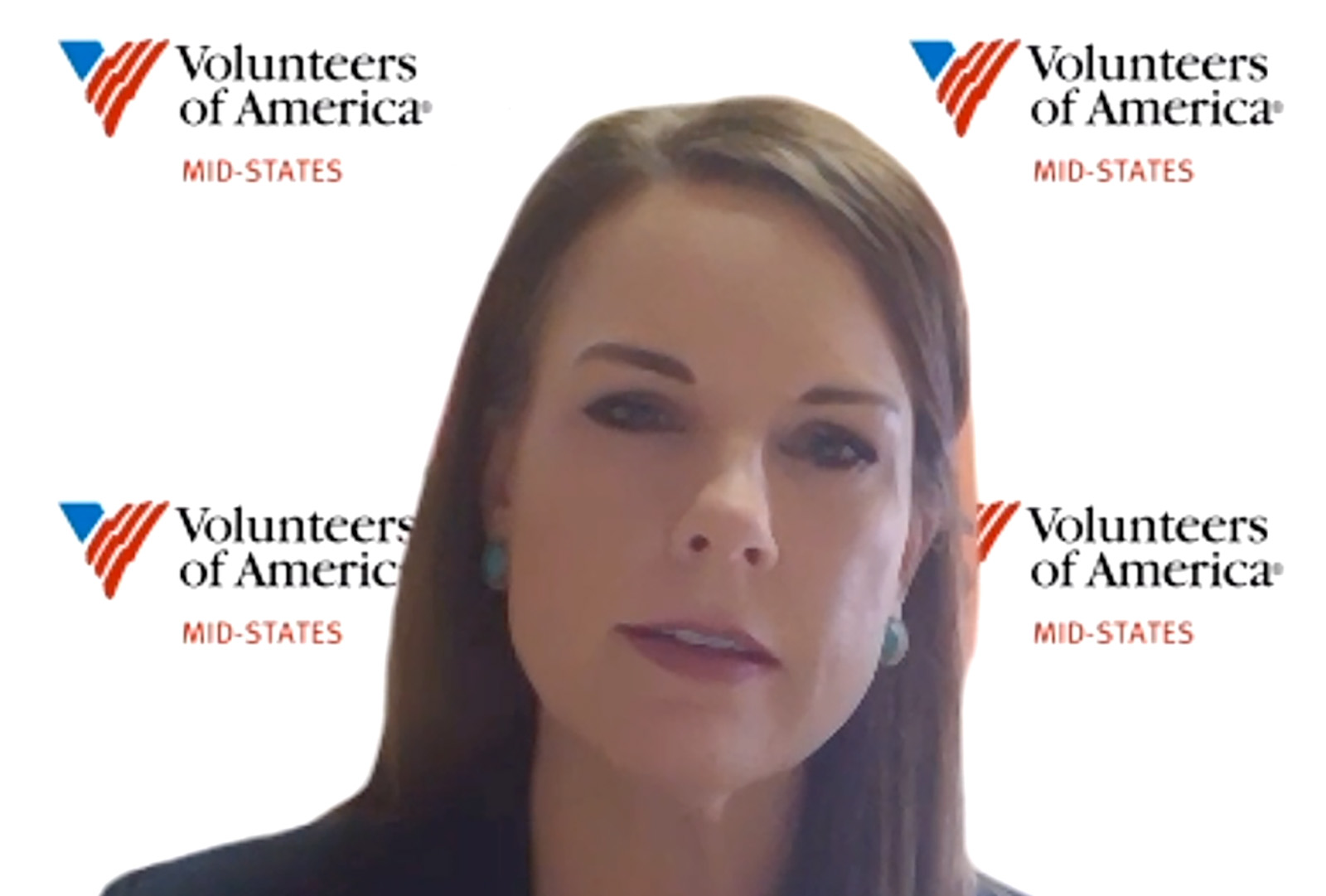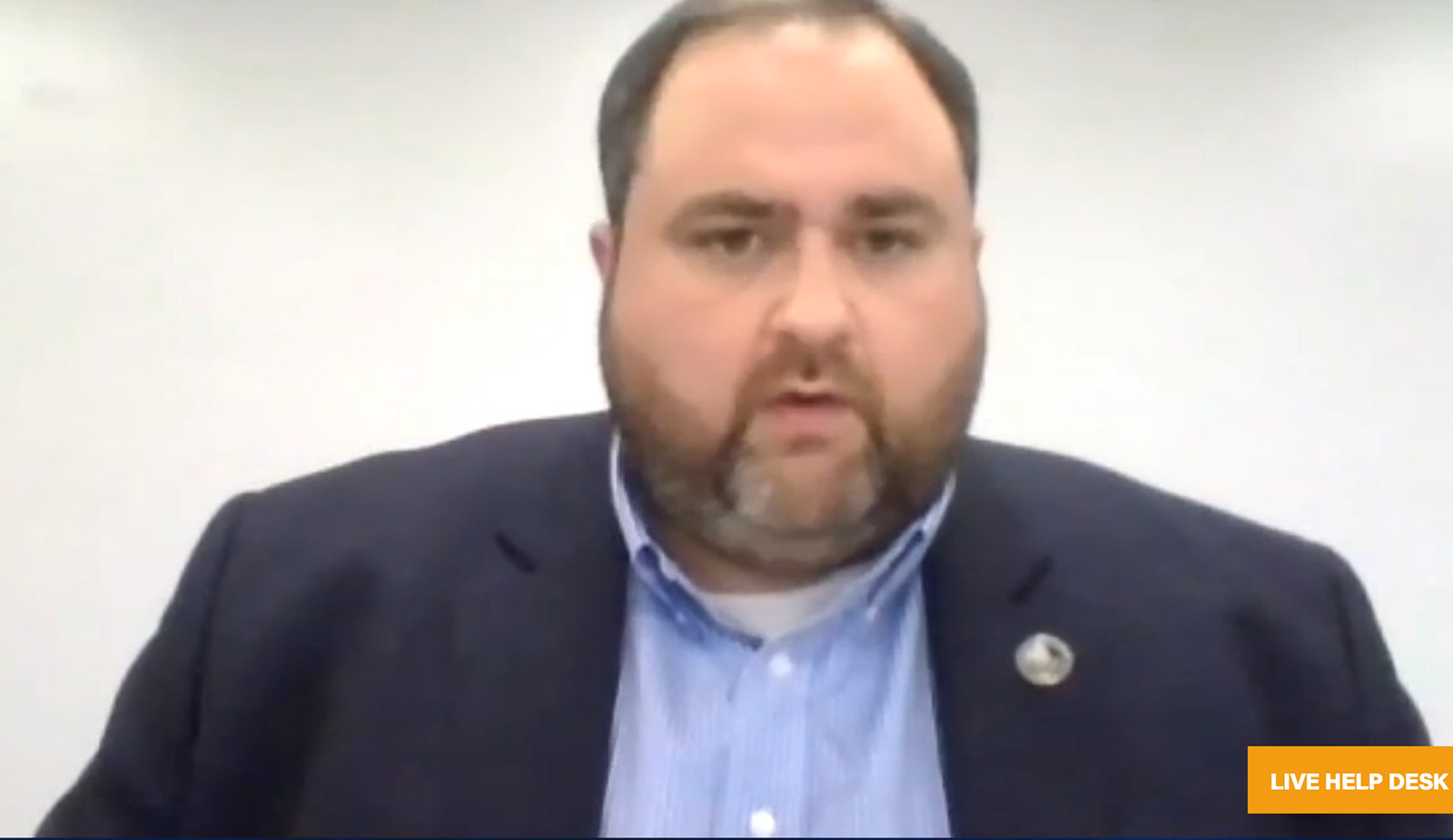Addressing the needs of those in treatment and recovery programs while confronting the COVID-19 pandemic has required creative thinking and changes in traditional methods of providing service.
“I don’t think our ‘normal’ will ever be the same,” said Tim Robinson, CEO & Founder of Addiction Recovery Care, which operates a broad spectrum of facilities across Kentucky. “It’s an epidemic inside a pandemic.”
Nick Stavros, CEO of Community Medical Services, which operates opioid treatment facilities in nine states, said despite a patchwork of state and federal restrictions, the bottom line is that patients still have to come in and get their medications and receive treatment. This has necessitated implementing risk-management assessments and to supplement care using telehealth without sacrificing important interactions with clients.
Also dealing with multi-state regulations is Jennifer Hancock, President & CEO of Voices of America Mid-States (VOA), which has facilities and programs in West Virginia, Tennessee, Kentucky and southern Indiana. VOA was quick to take pro-active measures, and elected to follow the lead of the most restrictive state – Kentucky.
Still, Hancock said, this pandemic is putting more and more people at-risk of returning to drug use or triggering mental health issues. In the past few weeks she has lost one client to the COVID-19 virus and another client to suicide.
All three professionals agreed it is important to keep open and frequent communication their clients, reach out using on-line platforms whenever possible, examine new ways to keep clients occupied, provide support to families, examine intake protocols, and enhance good hygiene within their facilities.
“Things we are doing now are probably things we should be doing going forward,” Robinson noted.
Stavros added that it was also important to keep his staff energized and believing what they are doing is making a difference. Hancock agreed, stating that this level of response can create fatigue.
When the pandemic passes, the substance use disorder issues won’t disappear, the panel agreed, adding that it may, in fact, actually get worse.
Having a network of peer support will make a difference for those who are struggling, Stavros said.
Robinson said that the amount of alcohol use has increased more than 50 percent since the pandemic hit. Stresses created from unemployment, social withdrawal, and simply trying to survive are being compounded and will prove a long-lasting challenge.

Nick Stavros

Jennifer Hancock

Tim Robinson
